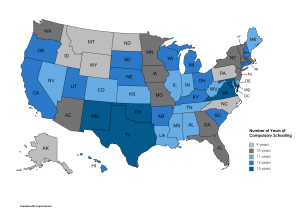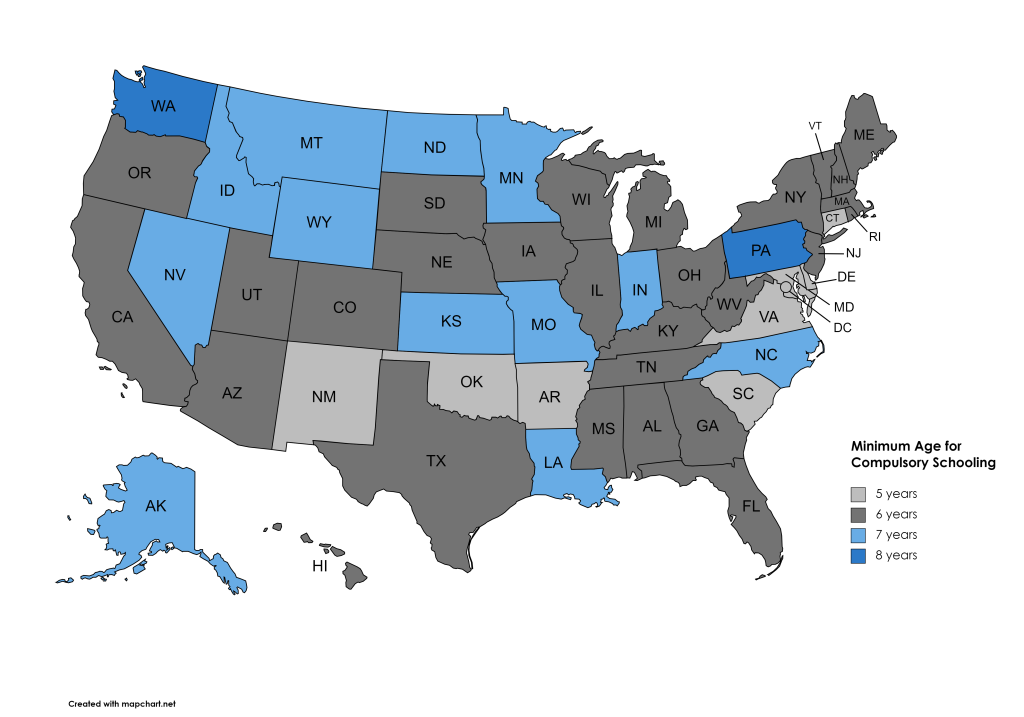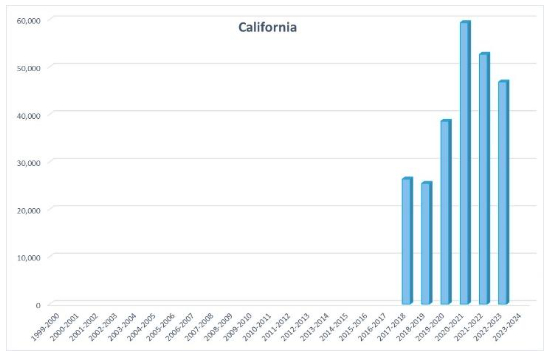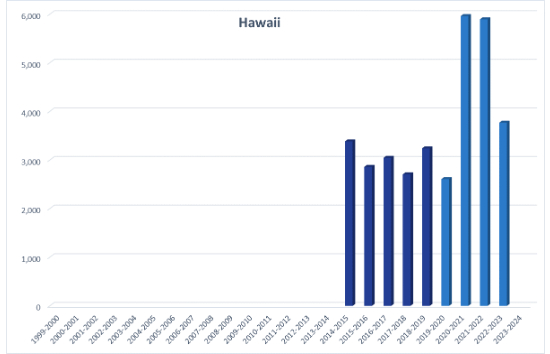While a comprehensive national summary of the homeschool landscape is impossible due to missing data, estimates provide some needed information.
By Angela R. Watson and Genevieve Smith
History
In 1972, the U.S. Supreme Court ruled that parents have a constitutional right to direct their children’s educational and religious upbringing (Wisconsin v. Yoder, 406 U.S. 205 (1972)). Since then, the number of homeschoolers in the country has dramatically increased. Though the right to homeschool is not typically challenged, the amount of regulation at the state level has been a subject of debate. Please see Homeschooling: A Concise History for more information.
Regulation
The states control homeschool policy and regulation, and each state does it differently. Some states call the practice homeschooling or home education, but in others, it is considered a form of private or nonpublic schooling. Some states even have multiple pathways to homeschooling.
Although the practice of homeschooling is considered legal in all states, precisely how homeschooling is regulated and the amount of regulation varies considerably. For example, some states do not require families to notify local school officials of their intent to homeschool, while others require official notice once or annually. Other requirements that differ by state include parent or instructor educational qualifications, assessment requirements, state-mandated subjects, and immunization requirements.
States also differ in terms of compulsory ages for schooling, homeschooled students’ access to special education services, and their access to other public school offerings such as courses, sports, and clubs. The maps below depict differences in minimum age and total compulsory years across states.


National Data
While most states publicly report homeschool participation data, some can’t because they do not collect homeschool information from families. A few states collect information but fail to report it publicly. These missing data make a comprehensive national view of the homeschool landscape impossible. However, national estimates provide some information.
According to the National Household Education Survey (NHES), homeschooled students between the ages of 5 and 17 made up 2.8% of the total student population in the United States in 2019. This number has increased over the last two decades, as the percentage of homeschooled students was just 1.7% in 1999. Data from the Household Pulse Survey (HPS) found that 5.4% of families in the United States reported homeschooling their children during the 2020-2021 school year.
The data provided in the Homeschool Hub come from three types of sources. Most of the data come directly from the states; these data are medium blue on the state charts. In some cases, the Homeschool Hub reports data from secondary sources. Historical data reported by states at one time, which is no longer verifiable on state sites, is dark blue on the state charts. We have collected and maintained these data over the last decade. There are four states where previously unavailable were recently reported by the Washington Post. We cannot verify these data, but we included them because they provide essential information. These data are light blue on the state charts.


Cross-Sector Comparison
Pending.
School Choice Context
When it comes to educational choices, families have more options than ever before. These choices will likely impact homeschool participation. It is unclear whether increased choices will push people to or pull people away from homeschooling. Watch Arkansas, where a new Education Savings Account (ESA) will include families that homeschool by 2025. This state reports robust homeschool participation information, and trends can be tracked. Utah also passed a similar ESA but no longer reports homeschool participation data, so trends will be less transparent in that state.